Introduce soft chalky colour with encaustic tiles
bertandmay.com
From patterned wet-room walls to stylish statement kitchen splashbacks, beautiful encaustic tiles are bringing elegance to interiors
These ceramic tiles have coloured patterns that are not a product of the glaze, but are made using different colours of clay, so the pattern is inlaid into the body of the tile and remains as the tile wears down. Their production dates back to medieval times but their more recent popularity was during the Victorian and Edwardian era, when they were increasingly used to line the floors of public buildings, churches and grander properties.
Although encaustic tiles fell out of favour during the 20th century, their beautiful soft colours and chalky finish are now being rediscovered, both in the form of reclaimed tiles and new handmade collections.
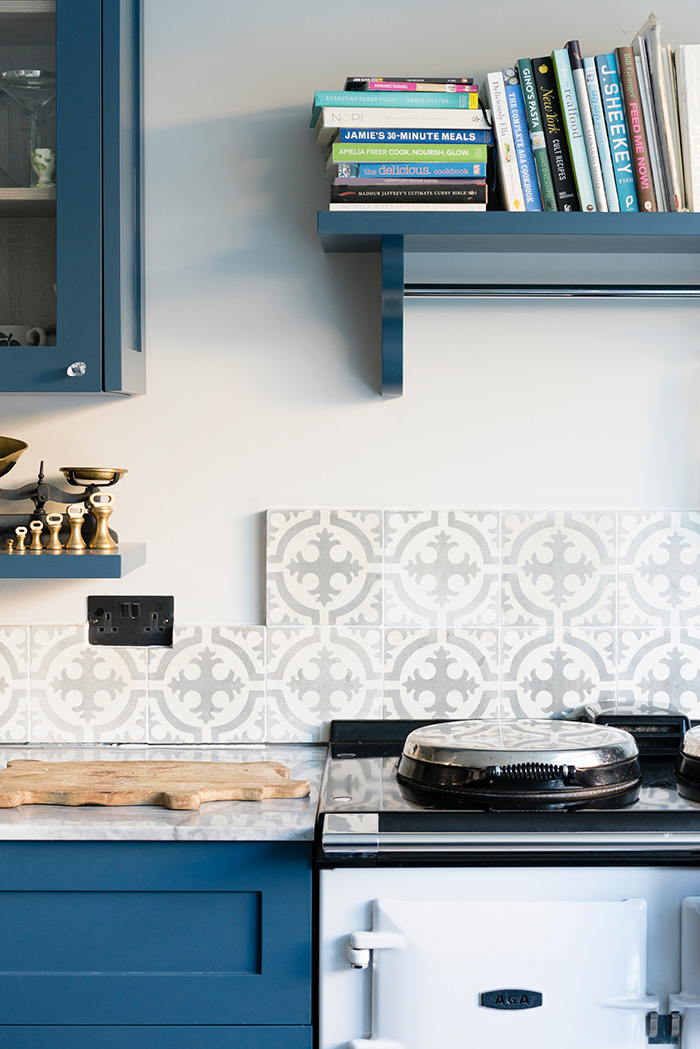
maitlandandpoate.com
‘Encaustic tiles are hugely popular at the moment,’ says Lee Thornley, founder of Bert & May. ‘People are becoming bolder with pattern and colour. We sell antique tiles and new ones that are inspired by our antique finds.
‘A lot of our tiles are sourced from haciendas in central and southern Spain and they can be over 100 years old,’ he continues. ‘They’re extricated from old buildings that are either being destroyed or renovated, and for whatever reason they’re not wanted any more. Sometimes renovators want to swap them for something modern and ghastly instead! Our reclamation people go in and rescue them.’
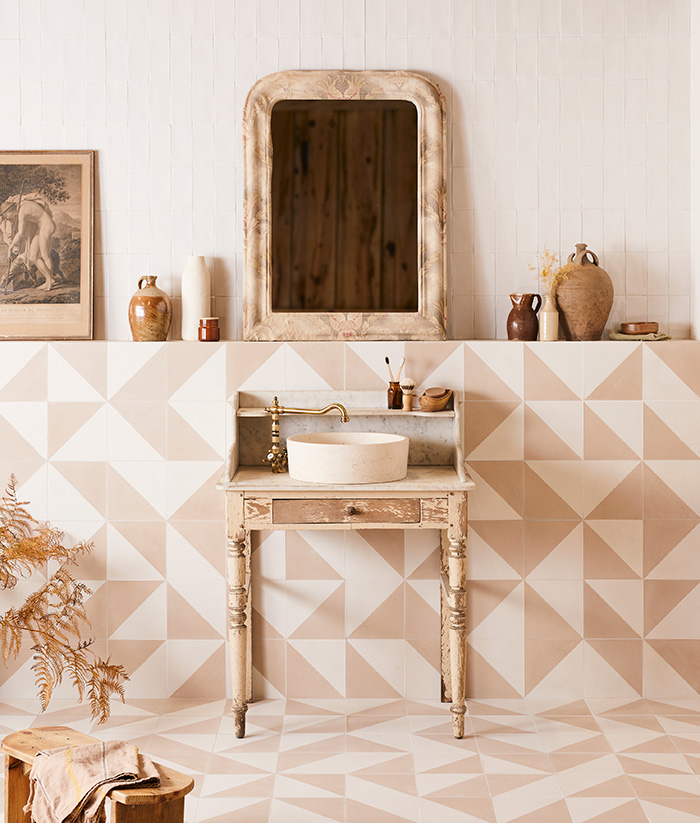
Bert & May at hyperiontiles.co.uk
With rustic aged patinas and gorgeous, faded colours, it’s easy to see why antique encaustic tiles are highly sought-after. Reclaimed pieces are usually only available in small batches so appeal to homeowners who want a ‘unique’ look, and as they can be used on walls and floors they’re perfect for bringing colour and personality into any space. A patchwork composition – a mismatched selection of patterns and colours – can be striking in small spaces.
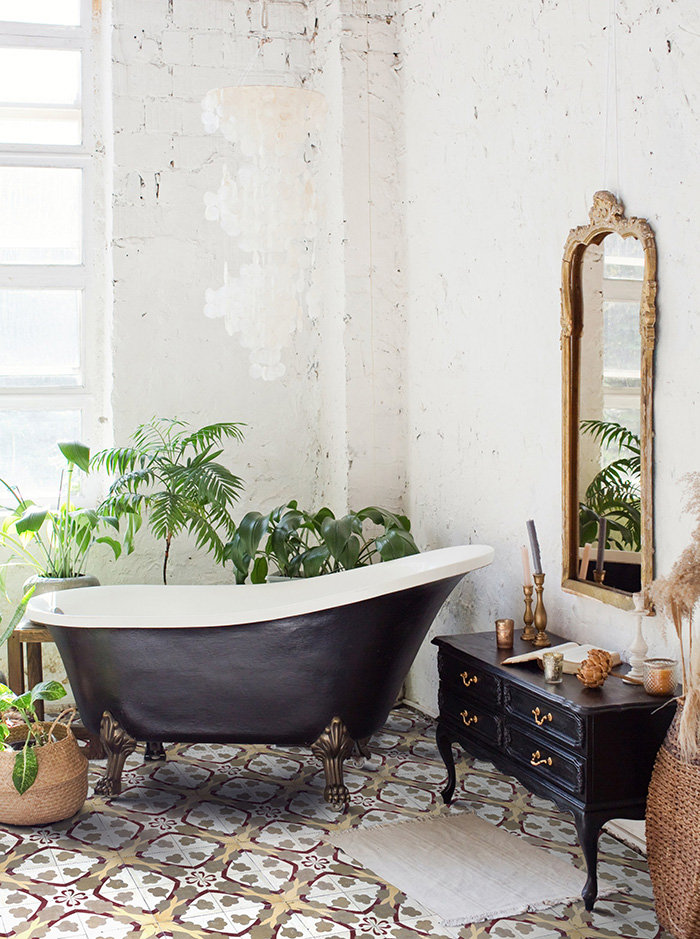
maitlandandpoate.com
‘They can be used in so many places – wherever you can imagine – as a splashback behind cookers or mirrors, as feature shower walls or patio floors,’ says Chris Gulson-Brooke of Maitland & Poate, a family-run London business which retrieves and restores old Spanish encaustic tiles, as well as creating handmade artisan tiles inspired by these designs.
‘Recently we saw them used for a headboard behind a bed – it looked awesome! We sold some to a café in Balham that used them to about a metre high around the walls to protect them from daily life. They can be sealed and are appropriate to use in all these areas, plus they’re robust and hardwearing.’
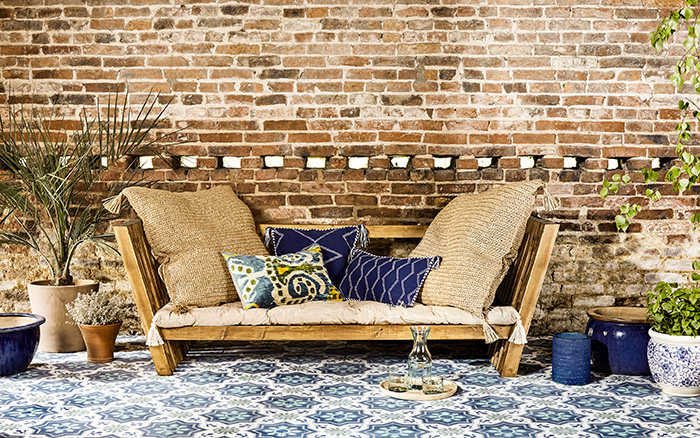
Bert & May at hyperiontiles.co.uk
(Above: Bert & May at Hyperion Tiles)
Compared to printed porcelain tiles, they have great longevity, too. ‘We liken them to a solid wood floor,’ says Lee. ‘They usually have a 6–8mm layer of colour. A lot of people embrace the aged patina, which grows more beautiful over time – but, if you want to refresh them after a few years, you can actually take a sander to them and sand off 0.5–1mm to remove the top layer and brighten them up a bit.’
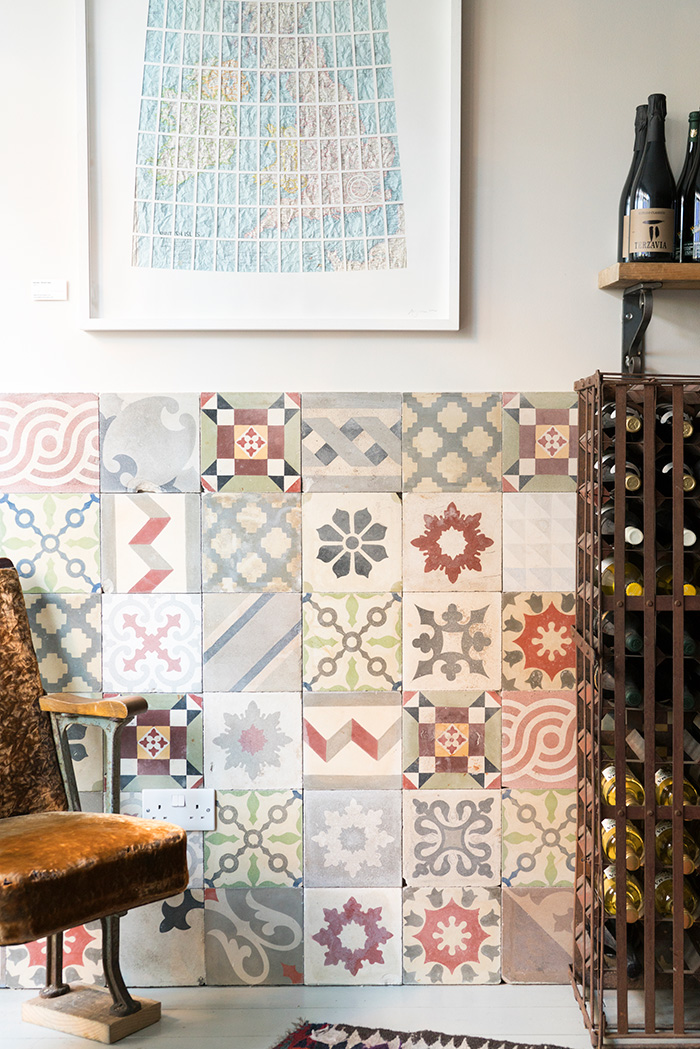
maitlandandpoate.com
Maintenance-wise, encaustic tiles are a solid option, too. ‘Providing the installation guidelines are followed, caring for encaustic tiles is straightforward,’ agrees Lee. ‘You can’t use anything too aggressive on them like bleach, but we recommend sealing tiles with a product called Stain Stop – we find it sinks into the tile and leaves the raw chalky surface intact.’
It’s the texture of encaustic tiles that appeals, as well as the appearance of them. ‘They’re so tactile. When you see one and actually touch it, that’s when you fall in love with them,’ says Lee.
WORDS: ELLIE TENNANT
Before you go...
...fancy automatic entry to all future competitions?
Simply register online today for FREE and you will get:
Automatic entry to all current and future competitions.
Access to Reclaim Inspiration - an online visual pinboard for saving all your home and style inspiration.
A regular newsletter of inspiration, ideas and advice.

Save all your articles in one place
Become a Reclaim Member to save all your home and style inspiration. Simply login or register online today for FREE and you will get:
Automatic entry to all current and future competitions.
Access to Reclaim Inspiration - an online visual pinboard for saving all your home and style inspiration.
A regular newsletter of inspiration, ideas and advice.








